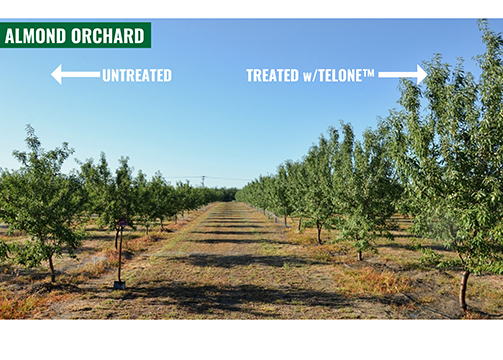The Divide Between Big and Small Farms Continues to Grow
If you are a data junkie, the USDA’s Census of Agriculture is a great place to get lost in a world of stats about America’s farms and farmers. There are more than 6 million points of information in the census, which takes place every five years.
The results of the 2017 survey were recently reported and reflect some changing aspects of farm life. They also show some stability in other areas since the last census taken in 2012 .
Our farmers continue to grow older. Nationally, the average age of farmers is 57.5. Here in Florida, we’re a bit older, averaging 58.9. Both the national and state figures have gone up by 1.2 years since the 2012 survey.
These stats tell us there is still work to be done to recruit new farmers to help replace those who are aging out of the profession. The census does note that nationally, one in four producers are considered to be beginning farmers with 10 or fewer years of experience. The average age of these growers is 43.
An encouraging sign is that the number of female operators is up dramatically, by nearly 27%, since the 2012 census. While this increase is partly due to how the census documented female producers in 2017, it’s good to see the number on the rise and female growers getting credit for their important work.
In Florida, the number of farms and acreage of key specialty crops remained fairly stable between the 2012 and 2017 census. Most all crops are down, but only a few catch your eye as significant. Strawberries and tomatoes were among those that took more significant drops in both the number of farms and acres. Perhaps these declines can be attributed to the ongoing attrition caused by Mexican imports of those two crops during Florida’s market window. That’s why growers are currently fighting for stronger trade protection from Mexico imports.
It was no surprise to see continued declines in citrus as HLB continues to impact production and growers’ ability to remain viable in the presence of the disease.
Grapefruit remains the most distressed sector, shedding more than 20,000 acres between the last two censuses. While there is some confidence among orange growers that production programs can produce a viable return (with strong prices), it is clear more work needs to be done to help grapefruit growers turn the tide on HLB.
The 2017 Census of Agriculture also illustrates something we’ve all seen in recent years — consolidation. Since 2007 when I became Editor of this magazine, the divide between large and small farms has continued to grow. The space for mid-sized operations has become increasingly challenged.
The latest survey shows there are a lot more smalls farms (fewer than 100 acres), and the acres they are harvesting are becoming smaller (6.8 acres on average). The number of large farms (more than 1,000 acres) is relatively stable, but the acres they are harvesting have skyrocketed by 65% over the past 20 years.
Here in Florida we are seeing similar trends in consolidation of major crops like tomatoes and citrus. Growers must have scale to absorb the rising costs they face every year. Smaller farms get by and can find success with less overhead and expense. But for those folks in the middle, it’s getting harder to balance the books. We must fight for a healthy farm sector for farms of all sizes in America.










